
//Jack Henry Moore (right) outside the Melkweg, Amsterdam with fellow film-makers Kit Galloway and Dave Jones, early 70s. Photo: The Generalist/The Videoheads//
Jack Henry Moore – who has died aged 73 – was one of the unpindownables of the counterculture in the 60s and 70s.
Known principally as a pioneering video film-maker and sound recordist (the archive he leaves behind is estimated to contain more than 70,000 hours of tape compiled over five decades), Moore was central to the establishment of many of the foundation stones of the underground in London and other European cities.
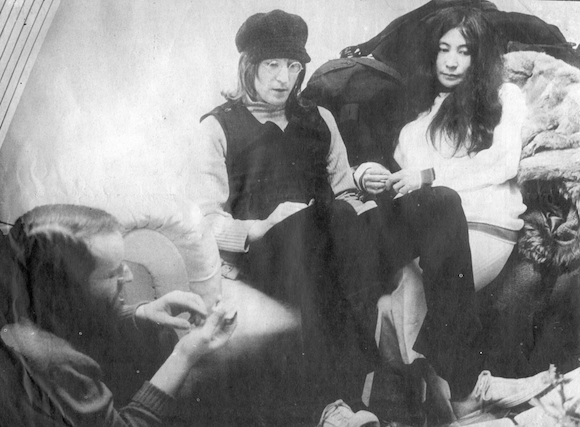
//With Lennon and Ono 1968. Photo: The Generalist/The Videoheads//
Moore joined fellow ex-pat American Jim Haynes in his theatrical experiments in Edinburgh in the mid-60s, where they staged productions by the likes of Lindsay Kemp. As in his native Oklahoma, Moore’s openness about his homosexuality necessitated a geographical shift, this time south to London.
Read the rest of this entry »
Tags: 14 Hour Technicolor Dream, Alexandra Palace, Chris Rowley, Drury Lane Arts Lab, International Times, Jack Henry Moore, Jim Haynes, John Lennon, Lindsay Kemp, Melkweg, Pink Floyd, Soft Machine, The Alchemical Wedding, The Deviants, The Nothing Man, Traverse Theatre Company, UFO, Yoko Ono
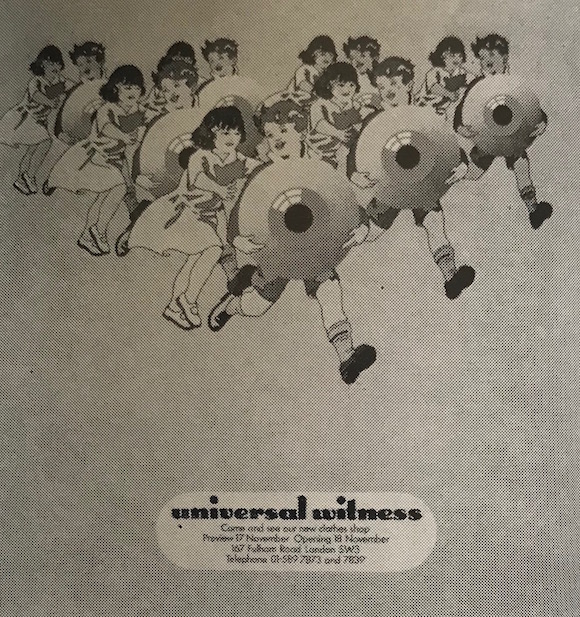

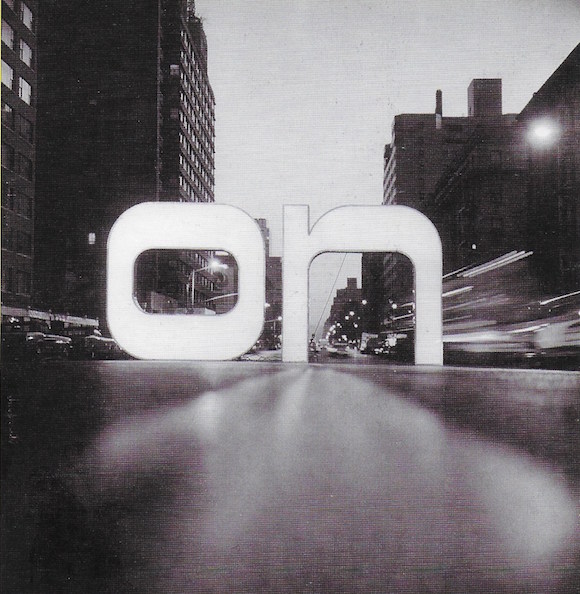
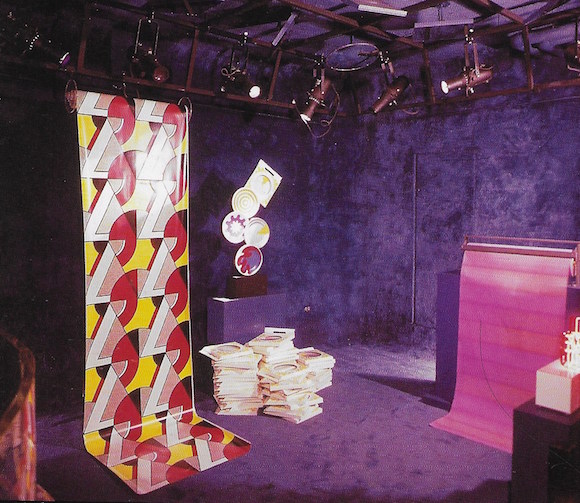
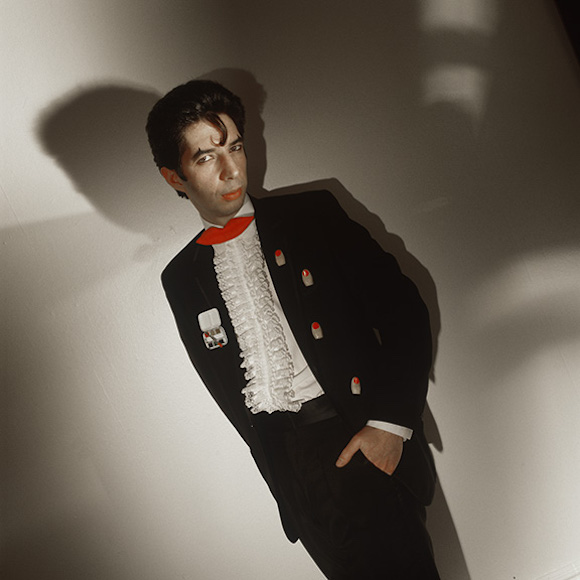
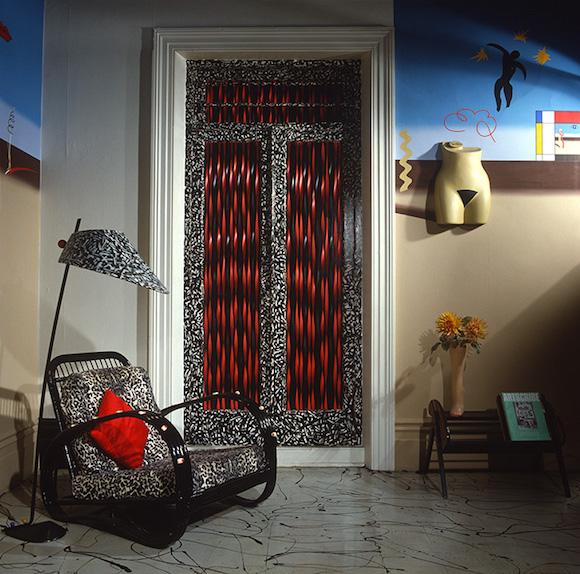
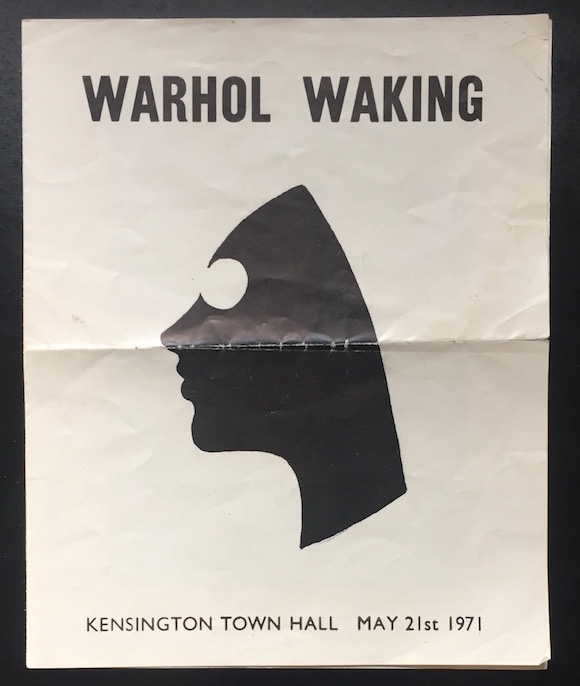
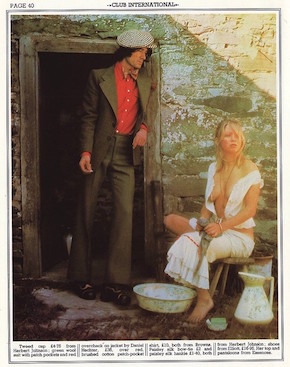
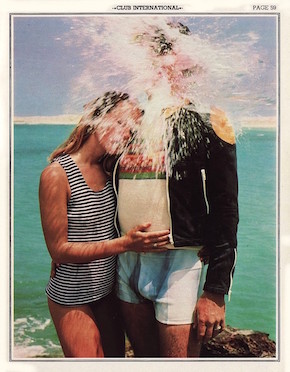
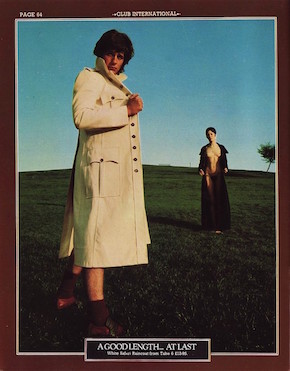
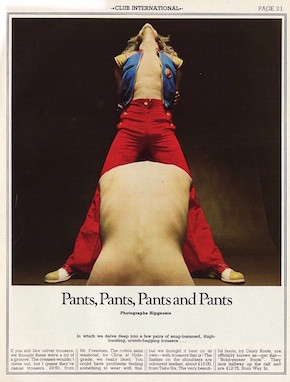
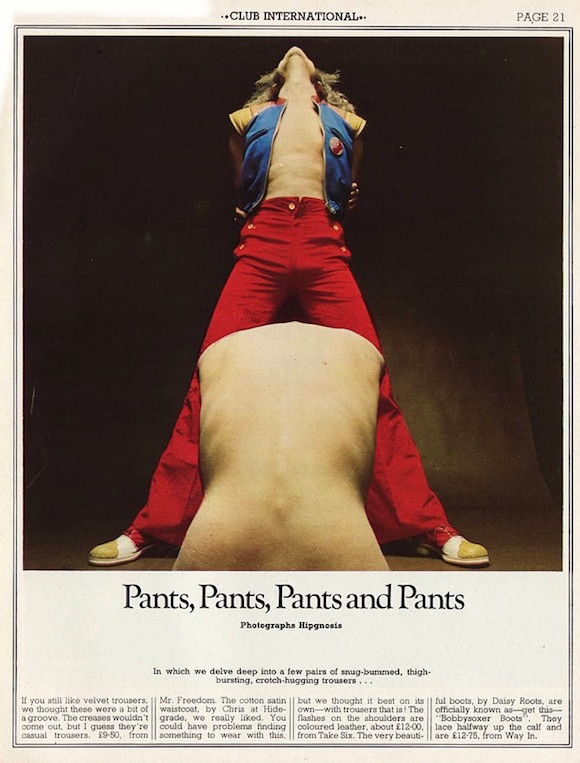
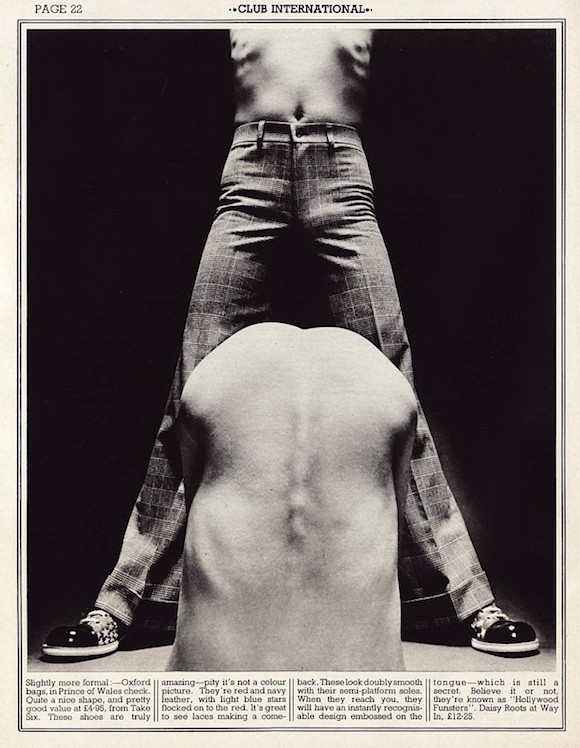
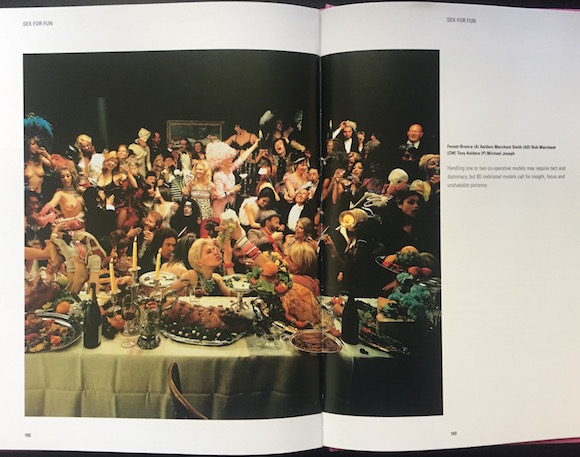
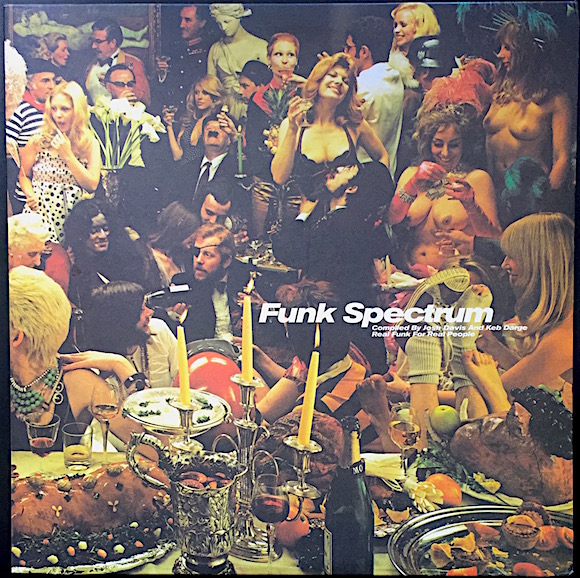
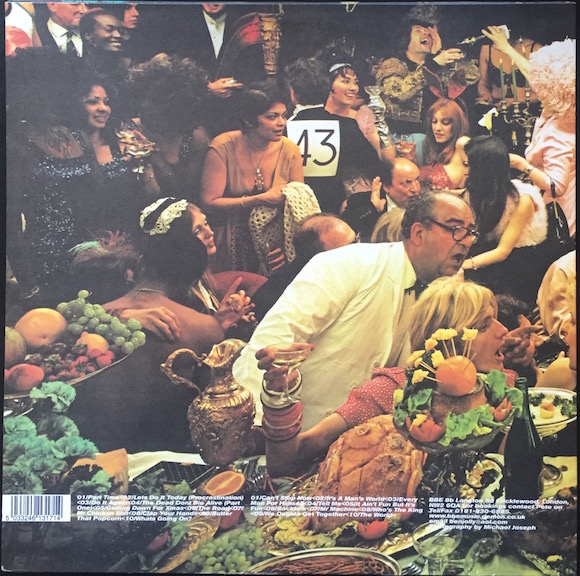
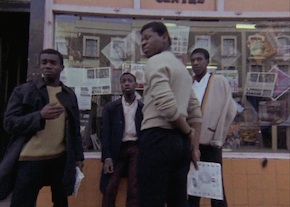
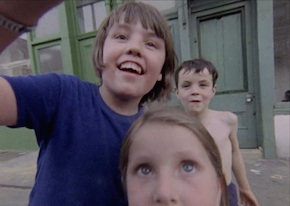
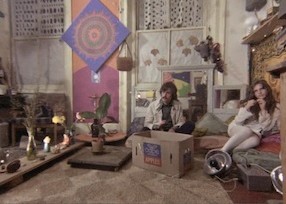
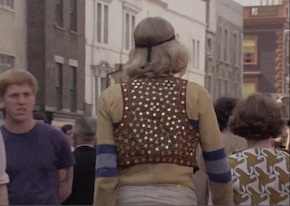


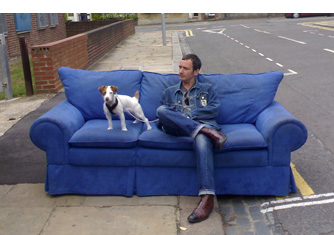






Recent Comments